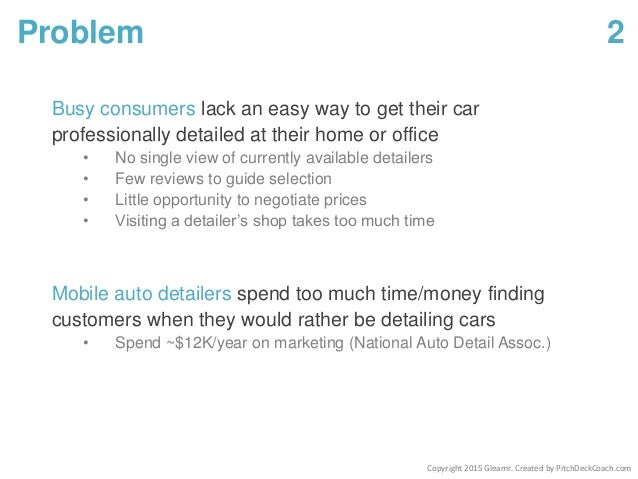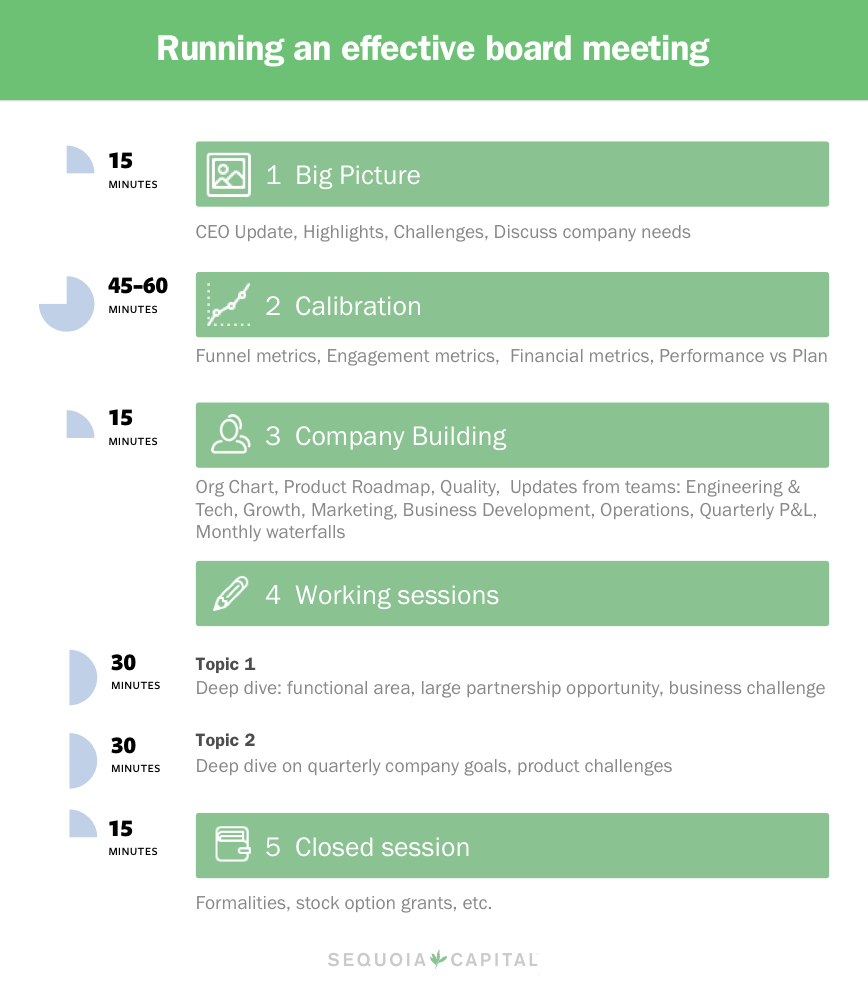Awesome Board Review Notes For Deck
/ The board in all its glory—Imperial side. Looking at the box for Star Wars: Rebellion, the massive new two-to-four-player galactic board game from Fantasy Flight, I had only one thought: 'Look at the size of that thing!' Loosely based on the, the board game version of Rebellion is ludicrously outsized. The galaxy, too large to fit on a single game board, here sprawls across two. Rebel and Imperial forces aren't represented by cardboard but by 153 plastic miniatures—including three Death Stars and two Super Star Destroyers. Game details Designer: Corey Konieczka Publisher: Fantasy Flight Players: 2-4 (really 2) Age: 14+ Playing time: 3-4 hours Price: $99 (MSRP); $75 ( and ) Release date: March 31, 2016 Cards? Rebellion laughs at your meager expectation of a deck or two by throwing a full eight different decks onto the board (39 Imperial mission cards, 29 Rebel mission cards, 15 objective cards, 31 probe cards, 15 ground tactic cards, 15 space tactic cards, 16 Imperial action cards, and 18 Rebel action cards).
And that's saying nothing about the 25 'leader' standees, three 'destroyed system' markers, seven attachments rings, and 10 custom dice—which naturally come in two different colors. Just pouring the game components onto your table is enough to induce awe. Then there's the play time. If you have visions of building a Death Star, throwing Han Solo into carbonite, and dropping a battalion of AT-ATs onto Hoth in an hour or two, those are mere deceptions of the Dark Side; Rebellion commands entire afternoons or evenings. Even the game box, often an optimistic guide to length, warns that this is a three-to-four-hour affair. This is one of those games that ends, even for the victor, with a palpable sense of relief—'Whew, it's finally over!'
But for those who have the time, cash, and Jedi mind control to enjoy it, Rebellion offers full-on galactic warfare between the Empire and the Rebellion in a package that feels like you're in the world of the original trilogy. How to play Basic gameplay is deceptively simple. The game proceeds in rounds, which are tracked on the left side of the board. The Empire wins if it can hunt down and destroy the secret Rebel base; the Rebels win if they can advance a 'reputation' marker down the round tracker until the two meet. (Thus, as a game gets longer, it favors the Rebellion, whose marker starts on space 14.) Rebel reputation improves by matching the conditions specified on objective cards—conditions like having at least one Rebel unit alone on the Imperial capital of Coruscant or maintaining Rebel loyalty throughout an entire region of the map.
The Rebel and Imperial players each maintain a pool of leaders—iconic characters from the original trilogy—that grows in number as the game advances. On each turn, these leaders can be assigned to missions, or they can stay in the 'leader pool' to move starships or counter the other player's missions. Next, during a command phase, the two sides alternate using their leaders.
Missions may be revealed and attempted in various systems, ships and troops may be moved, and combat may occur. The map will gradually develop as missions bend system loyalty toward the Imperials or the Rebels, while Imperial ground troops can simply 'subjugate' any system upon which they land without worrying too much if the populace embraces their presence. Controlling the map matters for two reasons. First, if Imperial ground troops land on a planet containing the Rebel base, the base is revealed—and all of its units are moved from the 'Rebel base' space at the edge of the board to the system where the base actually resides. Second, controlling territory matters because most planets contain production icons for building new ships or ground units. Once all leaders have been deployed and their actions resolved, the game gets refreshed.

Leaders are pulled back to each player's leader pool for the next round, new missions are drawn, the Rebels gain a new objective card, and the Imperials draw a couple of probe droid cards that narrow down the hunt for the hidden base. Finally, the round tracker is advanced, new leaders are recruited by each side, and new units are built. (These last two actions don't happen every round; icons on the tracker indicate when they do.) New units enter a 'build queue' on one side of the board and can take one, two, or even three turns to advance down the queue and into play, where they are finally deployed to systems loyal to your faction. The game proceeds in this way until the Rebel base is destroyed or the Rebels gain enough reputation to win. But if you think that sounds simple, you will find that it is you who are mistaken. About a great many things. / Time to fight.
Awesome Note For Windows
A turn later, that Death Star would be nothing more than space debris. Gorgeous asymmetry Like most Fantasy Flight productions, Rebellion is beautiful. Spread out on the table, this is a game that attracts wondering looks from passers-by. Even my wife, who's always amused that I'm willing to play a four-hour game involving plastic space ships, had to admit that the whole package looked 'impressive.'

(Victory!) But Rebellion is more than just a pretty face. One of the game's unquestioned successes is how it makes the Imperial player feel like the leader of a grand galactic army—and the Rebel side feel like scrappy underdogs who are never going to win a head-on battle. This asymmetry is everywhere.
It's visible in the size of the miniatures, where the largest Rebel ship (the Mon Calamari cruiser) has nothing on the largest Imperial units (Death Stars and Super Star Destroyers). It can be seen in the number of units; the Rebels start with only a few, and Rebellion is structured so that the Empire churns out far more units over the course of the game. And it's found in the various decks, which do not mirror each other (the Republic's 'objective' decks work very differently than the equivalent Imperial 'projects' deck). Playing the Rebels inevitably feels desperate and unbalanced because the game isn't designed to let the Rebellion win through direct combat.
Awesome Board Review Notes For Deck 2
Even with most of its ships eviscerated and several systems obliterated by the Death Star, Rebels can win if they keep their base hidden and continue knocking out objectives. Indeed, late in the game, Imperial strengths can even be flipped against them; for instance, one Rebel objective grants reputation points for every system destroyed thus far in the game by the Empire. The missions, too, are wonderfully thematic. An Imperial mission allows the Emperor to bring someone over to the Dark Side, while the Rebels can upgrade Luke to become a Jedi or have Han recruit Chewie on the y-heavy Wookie homeworld of Kashyyyk. Character rings can add bonuses for bringing R2-D2 along or for picking up the Millennium Falcon. The overall effect is terrifically engaging for each side; the theme comes dripping through. The only downside to this asymmetry comes during the endgame.
While the Imperials win by uncovering a hidden base and blasting it to smithereens (boom! Yippee!), the Rebels win. By moving a cardboard marker until it meets a round tracker. 'Trench run against the Death Star' this is not; victory for the Rebels, though nail-biting, comes without the same drama found on the Imperial side.